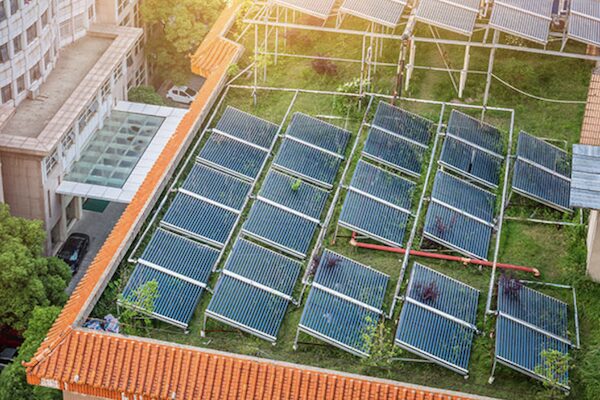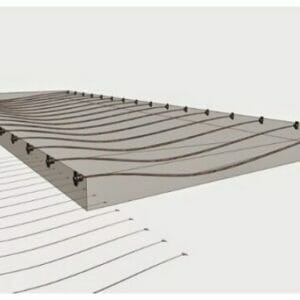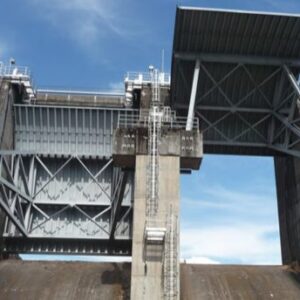Description
The state-of-the-art of solar cooling has concentrated primarily on the developmental stages of systems in the last few years. Various methods have been researched, and some demonstrated, but only a few systems have been installed for other than research purposes. Solar cooling systems are attractive because cooling is most needed when solar energy is most available. If solar cooling can be combined with solar heating, the solar system can be more fully utilized and the economic benefits should increase. Solar cooling systems by themselves, however, are usually not economical at present fuel costs. Combining solar heating and cooling systems is not easy because of the different system requirements. This can best be understood by summarizing the different solar cooling techniques. As with solar heating, the techniques for solar cooling consist of passive systems and active systems. The passive systems are not part of this course. For active solar cooling systems the three most promising approaches are the heat actuated absorption machines, the Rankine cycle heat engine, and the desiccant dehumidification systems. A brief summary of these systems is given here and a more detailed explanation can be found in other sources in the literature.






